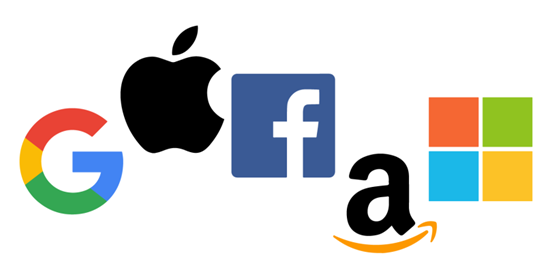
Charles R. Goulding considers the path forward for 3D printing in the time of big tech.
The June 13th New York Times had a special article in the technology section indicating that big tech sees the current global slump as a major investment opportunity. Big tech for this purpose is Google, Apple, Facebook, Amazon, and Microsoft.
Mark Zuckerberg recently said, “When the world changes quickly, people have new needs and there are more new things to build”.
Apple doubled its R&D during the economic downturn in the early 2000s.
Some of big tech’s new investments, such as Microsoft and Google’s new and expanded video applications, will help 3D printing and all industries work remotely while selling and communicating more effectively.
Facebook has made major new investments in India and Southeast Asia that should facilitate broad-based expansion into those large population growth markets. As indicated by John Paul Rollert, a University of Chicago professor, it takes a lot of courage to double down during down cycles.
The big 5 tech companies have almost $600 million in free cash, which makes expansion easier.
However, the 3D printing industry has now demonstrated its long-term viability at a time when capital is available when banks are willing to lend.
Is it time for this industry to be taken more seriously, with more investment and growth across the board?
R&D tax credits are available in the U.S. and many other countries for growth-related investments.
The Research and Development Tax Credit
Enacted in 1981, the now permanent Federal Research and Development (R&D) Tax Credit allows a credit that typically ranges from 4%-7% of eligible spending for new and improved products and processes. Qualified research must meet the following four criteria:
- Must be technological in nature
- Must be a component of the taxpayer’s business
- Must represent R&D in the experimental sense and generally includes all such costs related to the development or improvement of a product or process
- Must eliminate uncertainty through a process of experimentation that considers one or more alternatives
Eligible costs include US employee wages, cost of supplies consumed in the R&D process, cost of pre-production testing, US contract research expenses, and certain costs associated with developing a patent.
On December 18, 2015, President Obama signed the PATH Act, making the R&D Tax Credit permanent. Beginning in 2016, the R&D credit can be used to offset Alternative Minimum tax for companies with revenue below $50MM and, startup businesses can obtain up to $250,000 per year in payroll tax cash rebates.
